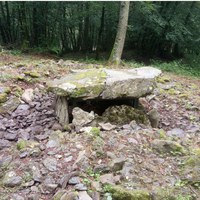12.- Irukurutzeta
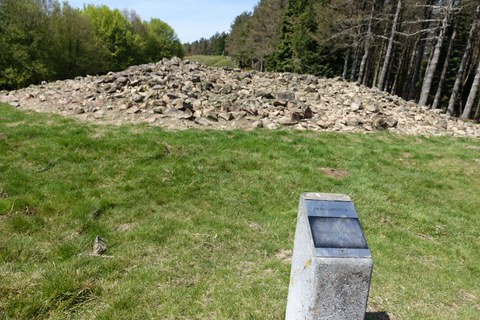
Measurements
The burial mound has a diameter of 19 meters and a height of 1.8 meters. The looting hole is 4 meters in diameter and 0.7 meters deep. The chamber slab length is 1.6 meters, width 1.2 meters and thickness 0.4 meters.
Research
J.M. found it. Barandiaran in 1920, and a year later it was excavated by T. Aranzadi, J.M. Barandiarán and E. Eguren. In 2018, it was excavated by J. Tapia. The structure and some materials have been published in various research works: Aranzadi, Barandiaran and Eguren (1922), J. M. Barandiaran (1953), J. Elósegui (1953), Cartas arqueológicas de Gipuzkoa (1982, 1990), J. M. Apellániz (1973 ).
Findings
Excavations have found various remains of materials from prehistory, despite the fact that the monument is badly damaged and mixed up. In the 1921 excavation, two pieces of spark stone were found, together with materials from the war against the French and from the modern era (coins, bullets). In the 2019 excavation, an arrowhead, sandpaper, two spark stone splinters and a piece of pottery were found, all of these also mixed with modern materials. The structure and some materials have been published in various research works: Aranzadi, Barandiaran and Eguren (1922), J. M. Barandiaran (1953), J. Elósegui (1953), Cartas arqueológicas de Gipuzkoa (1982, 1990), J. M. Apellániz (1973 ).
- Type
- Dolmen
- Date
- Neolithic-Bronze Age (4,000-1,500 BC)
- Town
- Bergara
- Location
Next to the top of Irukurutzeta, on the pass to the northwest.
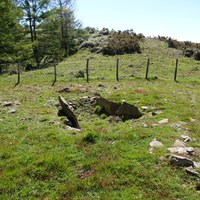
1.- Gizaburuaga
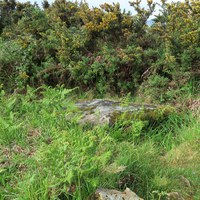
2.- Idoia (Iruia)
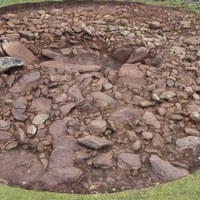
3.- Sabua
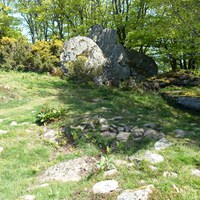
4.- Atxolin
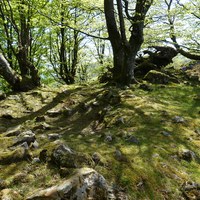
5.- Atxolintxiki I
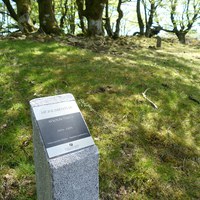
6.- Atxolintxiki II
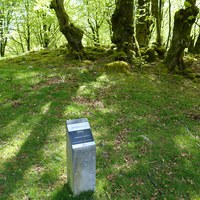
7.- Azkoin
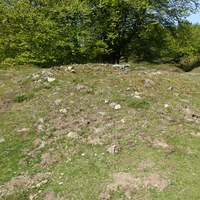
8.- Pagobedeinkatua
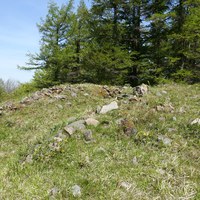
9.- Nasikogoena
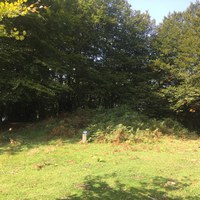
10.- Kurutzebakar
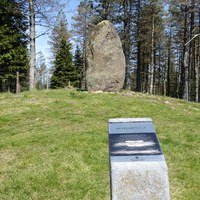
11.- Arribiribilleta
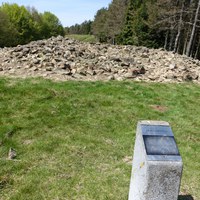
12.- Irukurutzeta
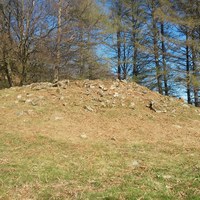
13.- Aizpuruko zabala
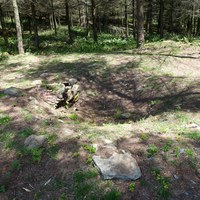
14.- Kerexeta
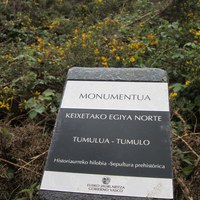
15.- Kerexetaegia Iparrekoa
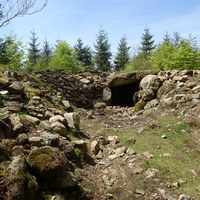
16.- Kerexetaegia Hegokoa
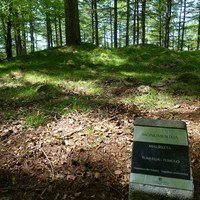
17.- Maurketa
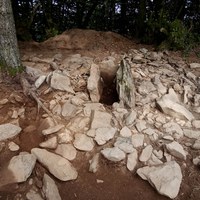
18.- Frantsesbasoa
